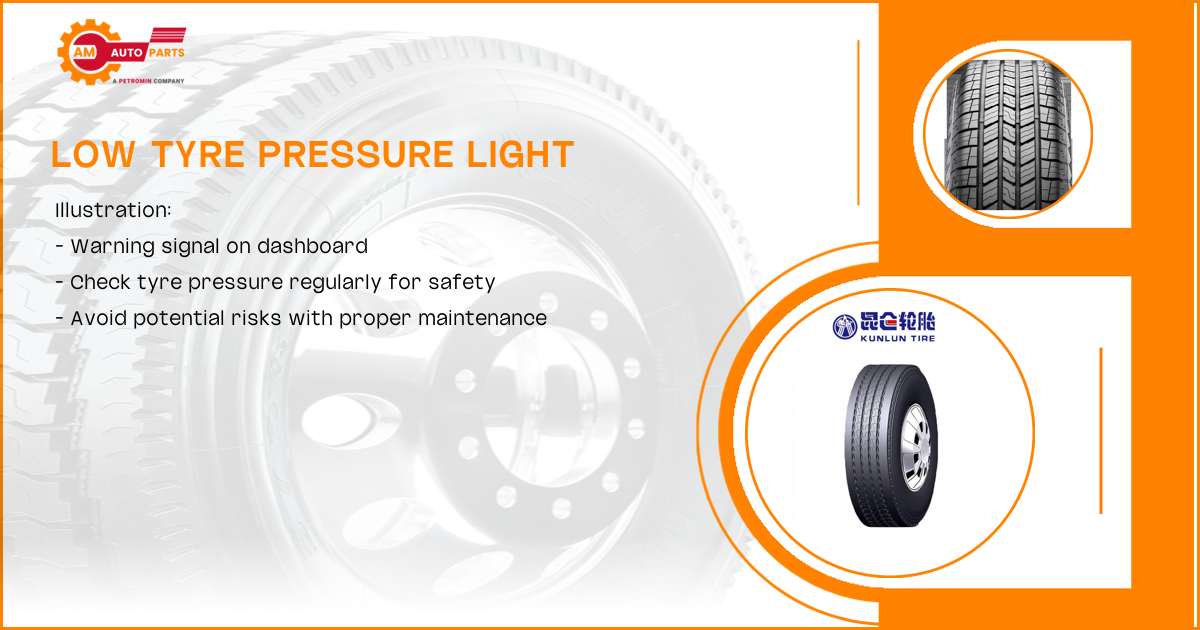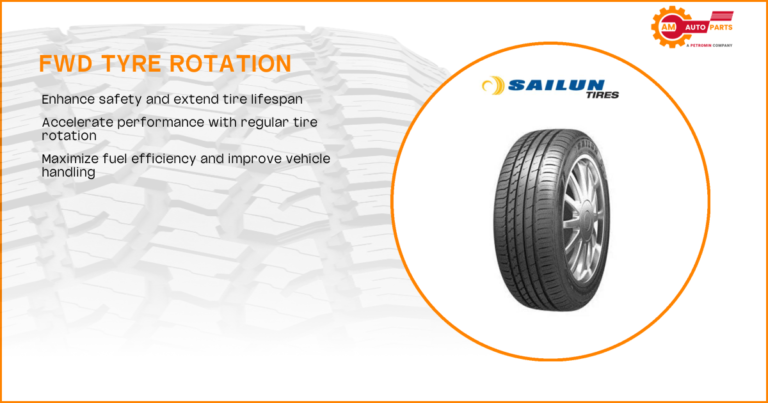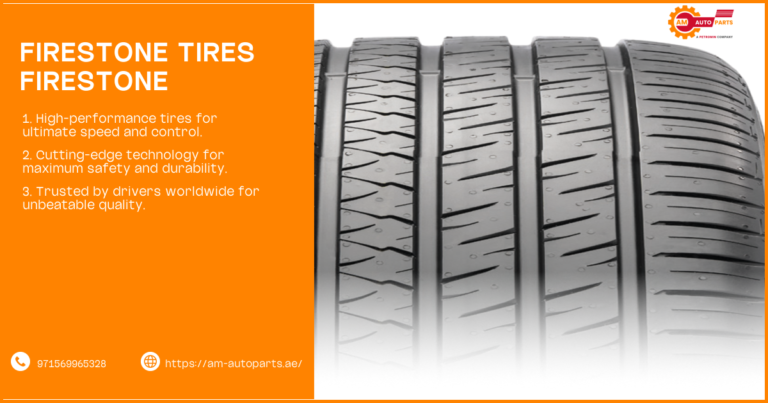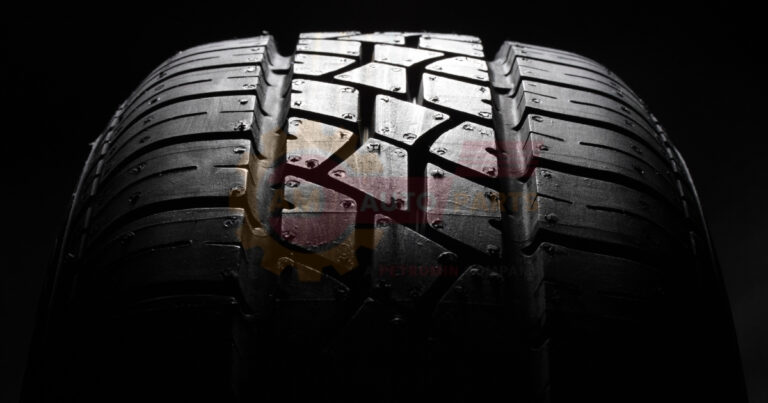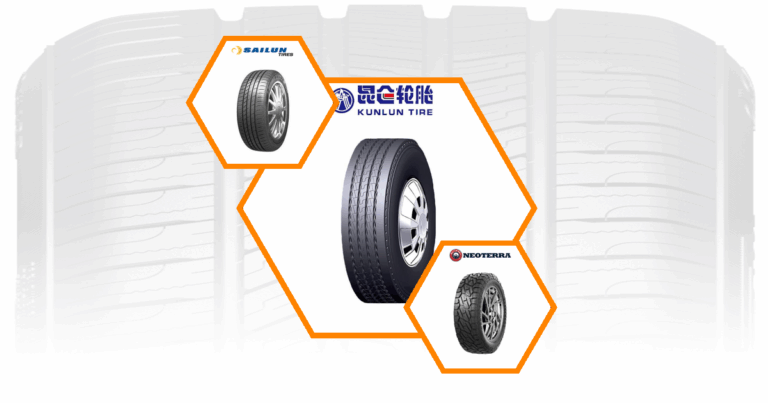Understanding Low Tire Pressure Warnings: Causes, Consequences, and Solutions
What Does a Low Tire Pressure Light Mean?
The low tire pressure light is a crucial indicator on your vehicle’s dashboard. It signals that one or more of your tires are under-inflated, which can lead to various issues if not addressed promptly. This warning is part of the Tire Pressure Monitoring System (TPMS), designed to alert drivers to potential safety hazards.
TPMS (Tire Pressure Monitoring System) Explained
The TPMS is an electronic system in your vehicle that monitors the air pressure inside the tires. It uses sensors to detect when the pressure drops below the recommended level, triggering the low tire pressure light. Understanding how TPMS works can help you respond effectively when the warning light appears.
Common Reasons for Low Tire Pressure
Several factors can cause low tire pressure, including temperature changes, punctures, and natural air loss over time. Identifying the root cause is essential for maintaining optimal tire performance and safety.
- Temperature fluctuations
- Punctures or leaks
- Natural air loss
How to Respond When Your Tire Pressure Light Comes On
When the low tire pressure light illuminates, it’s important to take immediate action to prevent further issues.
Immediate Actions to Take
First, find a safe place to pull over and inspect your tires. Look for visible damage or deflation. If you have a tire gauge, check the pressure to determine which tire is affected.
Checking Tire Pressure and Inflation
Use a reliable tire pressure gauge to measure the air pressure in each tire. Compare the readings to the recommended PSI (pounds per square inch) found in your vehicle’s manual or on the driver’s side door jamb. Inflate the tires to the appropriate level if necessary.
- Use a tire pressure gauge
- Compare readings to recommended PSI
- Inflate tires as needed
The Importance of Maintaining Proper Tire Pressure
Maintaining the correct tire pressure is vital for several reasons, including safety, fuel efficiency, and tire longevity.
Safety Benefits
Properly inflated tires provide better traction and handling, reducing the risk of accidents. They also help prevent blowouts, which can be dangerous at high speeds.
Fuel Efficiency and Performance Improvements
Correct tire pressure improves fuel efficiency by reducing rolling resistance. This means your vehicle uses less energy to move, saving you money on fuel.
Extended Tire Life
Keeping your tires properly inflated extends their lifespan by ensuring even wear. This can save you money on replacements and reduce environmental waste.
- Better traction and handling
- Improved fuel efficiency
- Longer tire lifespan
Types of Tire Pressure Warning Systems
There are two main types of TPMS: direct and indirect. Each has its own method of monitoring tire pressure.
Direct TPMS
Direct TPMS uses sensors inside each tire to measure pressure levels. These sensors transmit data to the vehicle’s computer, providing accurate and real-time information.
Indirect TPMS
Indirect TPMS estimates tire pressure by monitoring wheel speed and other factors. It is less precise than direct TPMS but still effective in alerting drivers to potential issues.
- Direct TPMS: sensors inside tires
- Indirect TPMS: estimates based on wheel speed
Troubleshooting Persistent Low Tire Pressure Issues
If your low tire pressure light remains on despite inflating your tires, further investigation is needed.
Identifying Slow Leaks
Slow leaks can be caused by punctures, valve stem issues, or rim damage. Inspect your tires for any signs of damage and consider using a soapy water solution to detect leaks.
Faulty TPMS Sensors
Faulty sensors can also cause the low tire pressure light to stay on. If you suspect a sensor issue, consult a professional for diagnosis and repair.
- Check for punctures or damage
- Use soapy water to find leaks
- Consult a professional for sensor issues
Seasonal Tire Pressure Changes and TPMS Alerts
Tire pressure can fluctuate with changes in temperature, affecting TPMS alerts.
Temperature Effects on Tire Pressure
Cold weather can cause tire pressure to drop, while warm weather can increase it. It’s important to check your tire pressure regularly, especially during seasonal changes.
Adjusting Tire Pressure for Weather Conditions
Adjust your tire pressure according to the season to ensure optimal performance. In colder months, you may need to add air, while in warmer months, you might need to release some.
- Cold weather: pressure drops
- Warm weather: pressure increases
- Regular checks during seasonal changes
AM Autoparts Tire Solutions for Optimal Pressure Management
AM Autoparts offers a range of tire solutions designed to maintain optimal pressure and performance.
All-Season Tires with Advanced Pressure Technology
These tires are engineered to provide consistent performance across various weather conditions, helping to maintain proper pressure levels.
Winter Tires for Consistent Cold Weather Performance
Winter tires from AM Autoparts are designed to handle cold temperatures and snowy conditions, ensuring your tires remain properly inflated.
- All-season tires for year-round use
- Winter tires for cold weather
The Role of Regular Tire Maintenance in Preventing Low Pressure Issues
Regular tire maintenance is key to preventing low pressure issues and ensuring vehicle safety.
Scheduled Pressure Checks
Incorporate regular tire pressure checks into your vehicle maintenance routine. This helps catch potential issues early and maintain optimal performance.
Tire Rotation and Balancing
Regular tire rotation and balancing ensure even wear and prolong tire life. This can also help prevent low pressure issues caused by uneven wear.
- Regular pressure checks
- Tire rotation and balancing
Advanced TPMS Features in Modern Vehicles
Modern vehicles come equipped with advanced TPMS features that enhance safety and convenience.
Individual Tire Pressure Monitoring
Some systems provide individual tire pressure readings, allowing you to identify which tire needs attention.
Integration with Vehicle Infotainment Systems
Advanced TPMS can integrate with your vehicle’s infotainment system, providing real-time alerts and information.
- Individual tire readings
- Infotainment system integration
The Impact of Low Tire Pressure on Vehicle Handling and Braking
Low tire pressure can significantly affect your vehicle’s handling and braking capabilities.
Increased Stopping Distances
Under-inflated tires increase stopping distances, making it harder to stop quickly in emergencies.
Reduced Cornering Stability
Low pressure reduces cornering stability, increasing the risk of losing control during sharp turns.
- Longer stopping distances
- Less stability in corners
Environmental and Economic Benefits of Proper Tire Inflation
Proper tire inflation offers both environmental and economic benefits.
Reduced Carbon Emissions
Properly inflated tires reduce fuel consumption, leading to lower carbon emissions and a smaller environmental footprint.
Lower Fuel Consumption
By maintaining the correct tire pressure, you can improve fuel efficiency and save money on gas.
- Lower emissions
- Improved fuel efficiency
Legal Requirements and Regulations Regarding TPMS
Understanding the legal requirements for TPMS can help ensure compliance and safety.
NHTSA Guidelines
In the United States, the National Highway Traffic Safety Administration (NHTSA) mandates TPMS in all vehicles manufactured after 2007.
European TPMS Legislation
In Europe, TPMS has been mandatory for all new vehicles since 2014, ensuring drivers are alerted to low tire pressure. Tire brand comparison helps you choose the best tires for your car Different tire brands offer various features and prices for Sailun tires China makes car tires that are good quality and affordable Many people choose
- NHTSA mandates TPMS in the US
- TPMS required in Europe since 2014
Future Innovations in Tire Pressure Monitoring Technology
The future of tire pressure monitoring technology promises exciting advancements.
Self-Inflating Tires
Self-inflating tires automatically adjust pressure levels, ensuring optimal performance without driver intervention.
Wireless TPMS Integration with Smartphones
Future TPMS may integrate with smartphones, providing real-time alerts and data directly to your device.
- Self-inflating technology
- Smartphone integration
Frequently Asked Questions
Can a nail in tire cause low pressure light?
Yes, a nail in your tire can cause the low pressure light to come on. It creates a puncture that allows air to escape, leading to decreased pressure. It’s important to address this issue promptly to avoid further damage.
How much does it cost to fix a tire pressure sensor?
The cost to fix a tire pressure sensor can vary depending on the vehicle and the type of sensor. On average, it can range from 0 to 50 per sensor. It’s advisable to consult a professional for an accurate estimate.
What PSI should my tires be at?
The recommended PSI for your tires can be found in your vehicle’s manual or on the driver’s side door jamb. It typically ranges from 30 to 35 PSI for most passenger vehicles. Always refer to the manufacturer’s guidelines for the correct pressure.
How do I reset my tire pressure light?
To reset your tire pressure light, first ensure all tires are properly inflated. Then, consult your vehicle’s manual for specific reset instructions, as the process can vary by make and model. Some vehicles require driving a short distance for the system to recalibrate.
Can I drive with low tire pressure?
Driving with low tire pressure is not recommended as it can lead to poor handling, increased stopping distances, and potential tire damage. It’s best to address the issue immediately to ensure safety and optimal vehicle performance.
Why does my tire pressure light keep coming on?
If your tire pressure light keeps coming on, it could be due to a slow leak, temperature changes, or a faulty sensor. It’s important to investigate the cause and address it to prevent further issues.
